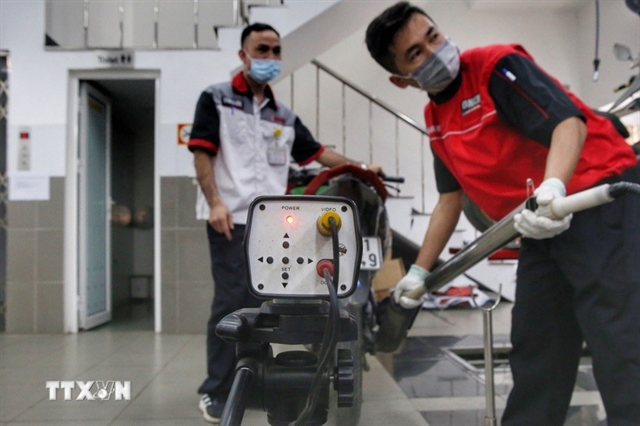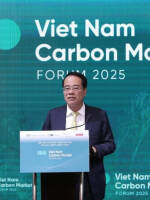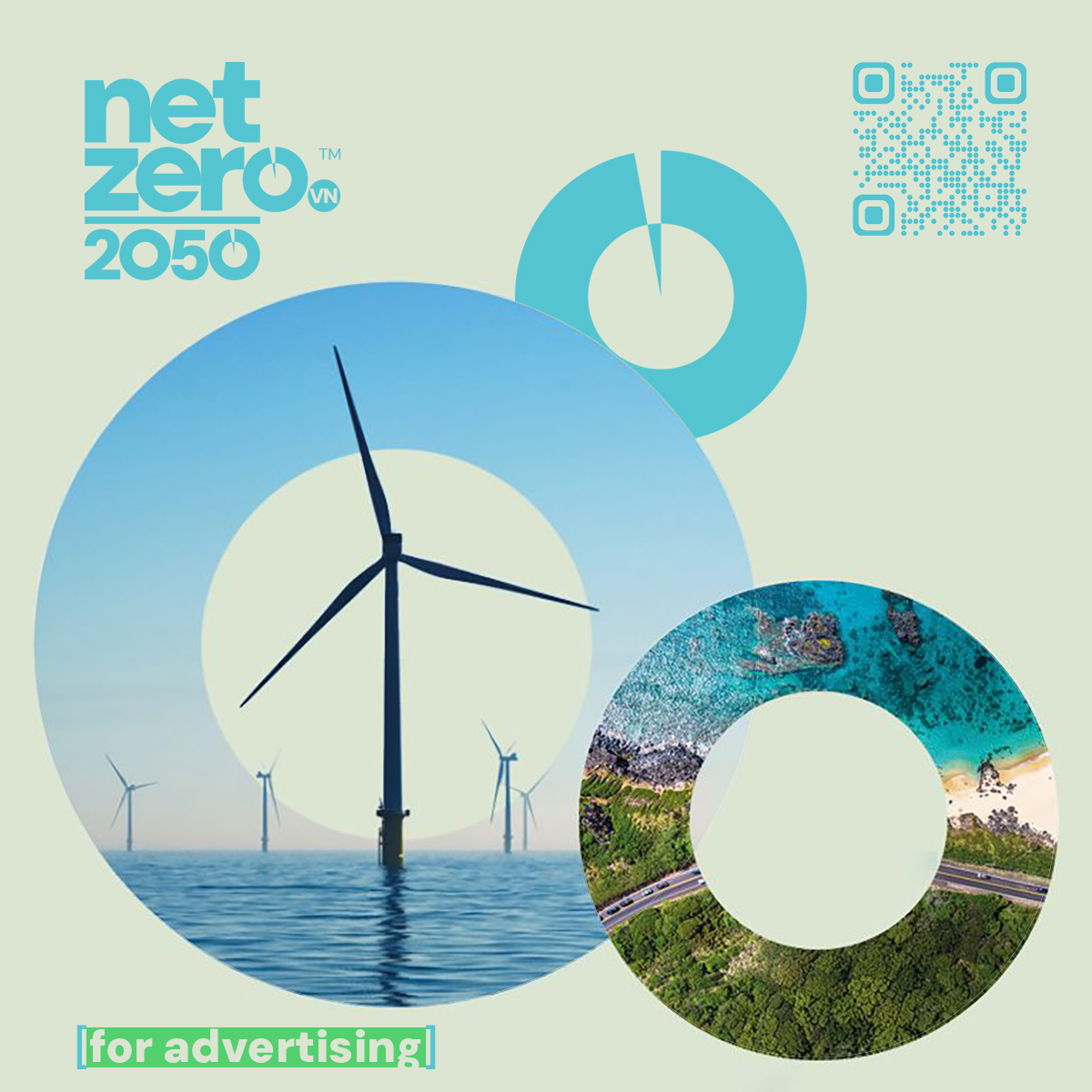
Hà Nội is fast-tracking plans to crack down on vehicle pollution with a draft regulation to establish Low Emission Zones (LEZ) across the city.
The Hà Nội People’s Committee has on Friday opened the floor to public feedback on the draft, which enforces stricter emissions standards in line with Article 28 of the Capital Law.
A Low Emission Zone is an urban area where only vehicles meeting rigorous emissions criteria can enter; non-compliant vehicles will face access restrictions or additional charges, helping to curb air pollution in the most affected areas.
The draft regulation largely maintains the core principles of Resolution 47 passed by the municipal People’s Council earlier this year but speeds up the timeline and broadens the coverage to align with the Prime Minister’s Directive 20, which calls for urgent measures to tackle environmental pollution.
While Resolution 47 had planned a phased pilot from 2025 to 2030 in parts of the formerly Hoàn Kiếm and Ba Đình districts, with a full rollout after 2031, the new draft accelerates the schedule by five years and significantly expands the zones.
Starting July 1, 2026, LEZ rules will apply within Ring Road 1. From January 1, 2028, the zones will extend to cover areas inside Ring Road 2. By January 1, 2030, the entire area inside Ring Road 3 will fall under the regulations, with other wards and communes encouraged to set up their own LEZs.
From 2031 onwards, any area meeting at least one of three criteria from Article 4 of Resolution 47 will be required to establish an LEZ. The first criterion includes Strict Protection and Emission Control Areas identified in the Capital Master Plan to 2030, with a vision to 2050. These are densely populated residential areas in the area of the 12 formerly inner districts, including Ba Đình, Hoàn Kiếm, Đống Đa, Hai Bà Trưng, Thanh Xuân, Cầu Giấy, Hoàng Mai, Tây Hồ, Long Biên, Bắc Từ Liêm, Nam Từ Liêm, and Hà Đông.

The second criterion targets Traffic Congestion Hotspots where road service levels rate from D to F, using the national urban road design standard TCVN 13592:2022, with level A representing free-flowing traffic and level F severe gridlock.
The third criterion applies to areas with Poor Air Quality where annual pollutant levels exceed national technical standards. Key pollutants monitored include sulfur dioxide (SO₂), nitrogen dioxide (NO₂), total suspended particulates (TSP), particulate matter smaller than 10 micrometres (PM10) and fine particulate matter smaller than 2.5 micrometres (PM2.5).
Within LEZs, diesel-powered heavy trucks will be banned outright, while motorcycles and mopeds using fossil fuels will be prohibited. Cars failing to meet Euro 4 emission standards will face restrictions such as curfews or limits based on location and time.
Hà Nội also plans to introduce fees for high-emission vehicles and other disincentives to deter entry into LEZs. Simultaneously, the city is exploring financial support and incentives to help residents and businesses switch to clean, zero-emission vehicles.
The draft resolution is slated for submission to the city’s People’s Council for approval at its year-end 2025 session, with implementation expected to begin in 2026.
(VNS)




